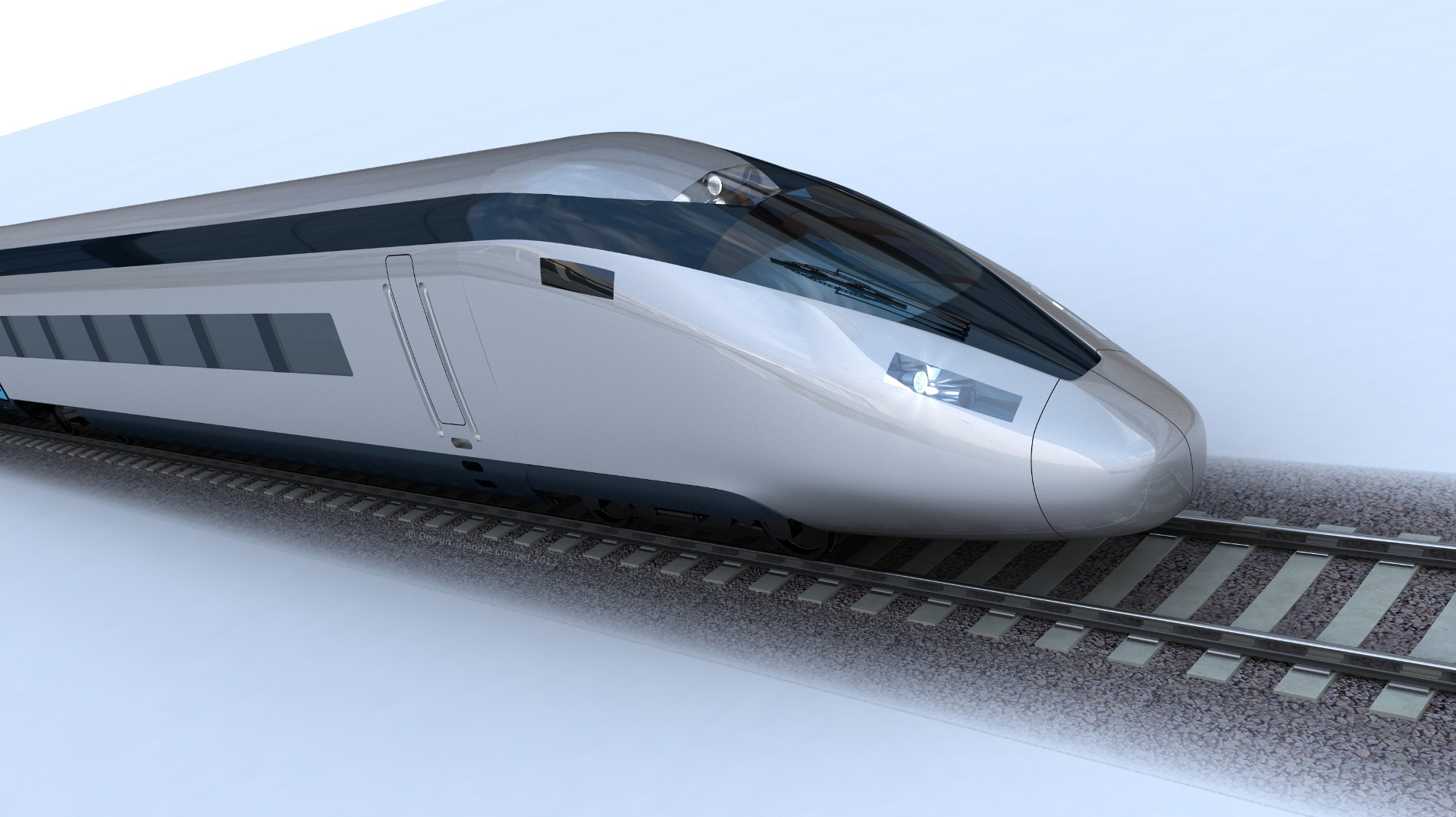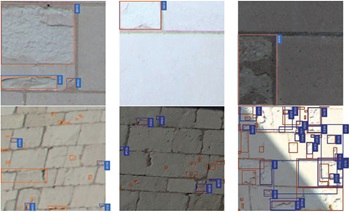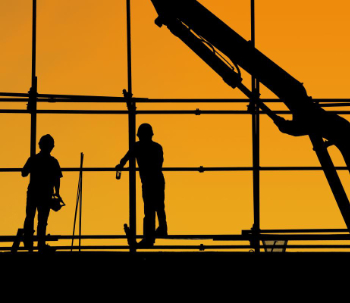The need for an integrated railway in the Midlands and North
Contents |
[edit] Introduction
ICE has responded to the National Infrastructure Commission's (NIC) call for evidence on rail needs for the Midlands and the North. In this blog, ICE discusses where the NIC’s priorities should lie.
[edit] The impact of increased connectivity
An integrated rail network is integral for improved connectivity and transport capacity in the Midlands and the North. Such a system could increase productivity by creating enhanced city-to-city connections and allow these regions to compete more favourably with London and the South East.
In February 2020, the Government responded to Douglas Oakervee’s review of HS2. One of the key recommendations Oakervee made was the development of an integrated railway plan for Phase 2b of HS2 – new lines running from Crewe to Manchester and Birmingham to Leeds.
Off the back of this recommendation, the National Infrastructure Commission (NIC) was tasked with conducting an assessment of the rail needs of the Midlands and the North. ICE has submitted a response to this consultation and argues that an expansion of rail services is needed to level up all parts of the UK.
[edit] A level playing field for rail
The Midlands and the North have experienced decades of under-investment in transport, with IPPR North estimating that there is a £1500 per person funding gap between these regions and London. As a result, productivity, economic output and numbers of skilled jobs have lagged behind. This situation is exacerbated by how projects are appraised and evaluated, which has historically given priority to already productive areas of the country.
A greater political focus on devolution has enabled the development of projects like Midlands Engine Rail and Northern Powerhouse Rail. However, an expansion in rail infrastructure requires a coherent approach to planning and delivery, which in turn meets passenger needs.
[edit] Recommendations
ICE has made the following recommendations to the Commission.
[edit] Door to door journeys have to be considered.
Most people outside of London drive to work, so there needs to be a realistic alternative. Encouraging people to swap cars for carriages will require well connected stations and wider transport infrastructure to get people to their destinations.
[edit] Enhancement of the existing rail network cannot be forgotten.
Second, with HS2 and plans for new lines concentrating on fast city-to-city connections, enhancement of the existing network cannot be forgotten. Too many miles of track run on diesel or need capacity increases.
[edit] The plan must be continuous.
Stop/start delivery is much less efficient, taking longer to deliver and prevents the supply chain from investing in skills or innovation with confidence.
[edit] The plan needs to live up to its ambition to be integrated.
This means evolving Transport for the North and Midlands Connect into subnational infrastructure bodies which can reach out across infrastructure and other economic sectors, including businesses and housing. Only with a credible organisation working to co-ordinate infrastructure provision can the delivery of an integrated plan – and all of its benefits - be achieved.
[edit] The new normal
For many north of Watford, normal is sitting in traffic jams in rush hour because of a lack of alternatives.
Since 1997, demand for rail increased by around 150% in the North West and Yorkshire and the Humber and demand is expected to grow in future decades.
Covid-19 might make public transport less attractive and make it more difficult to invest in transport infrastructure in the short-term, but long-term needs, and the case for change, must win out.
Rail is a cleaner alternative, for both the environment and air quality. Fast and uncrowded services will improve everyday life through quicker and more pleasant commutes. It will also increase the dynamism of the Midlands and the North, attracting investment and creating jobs.
This article originally appeared as 'An integrated railway for the Midlands and the North must live up to the name'. It was written by Ben Goodwin, Lead Policy Manager and published on ICE's Infrastructure Blog on 3 June 2020.
--The Institution of Civil Engineers
[edit] Related articles on Designing Buildings Wiki
Featured articles and news
CIOB photographic competition final images revealed
Art of Building produces stunning images for another year.
Major overhaul of planning committees proposed by government
Planning decisions set to be fast-tracked to tackle the housing crisis.
Strategic restructure to transform industry competence
EBSSA becomes part of a new industry competence structure.
Industry Competence Steering Group restructure
ICSG transitions to the Industry Competence Committee (ICC) under the Building Safety Regulator (BSR).
Principal Contractor Competency Certification Scheme
CIOB PCCCS competence framework for Principal Contractors.
The CIAT Principal Designer register
Issues explained via a series of FAQs.
Conservation in the age of the fourth (digital) industrial revolution.
Shaping the future of heritage
Embracing the evolution of economic thinking.
Ministers to unleash biggest building boom in half a century
50 major infrastructure projects, 5 billion for housing and 1.5 million homes.
RIBA Principal Designer Practice Note published
With key descriptions, best practice examples and FAQs, with supporting template resources.
Electrical businesses brace for project delays in 2025
BEB survey reveals over half worried about impact of delays.
Accelerating the remediation of buildings with unsafe cladding in England
The government publishes its Remediation Acceleration Plan.
Airtightness in raised access plenum floors
New testing guidance from BSRIA out now.
Picking up the hard hat on site or not
Common factors preventing workers using head protection and how to solve them.
Building trust with customers through endorsed trades
Commitment to quality demonstrated through government endorsed scheme.
New guidance for preparing structural submissions for Gateways 2 and 3
Published by the The Institution of Structural Engineers.
CIOB launches global mental health survey
To address the silent mental health crisis in construction.
Key takeaways from the BSRIA Briefing 2024
Not just waiting for Net Zero, but driving it.



























